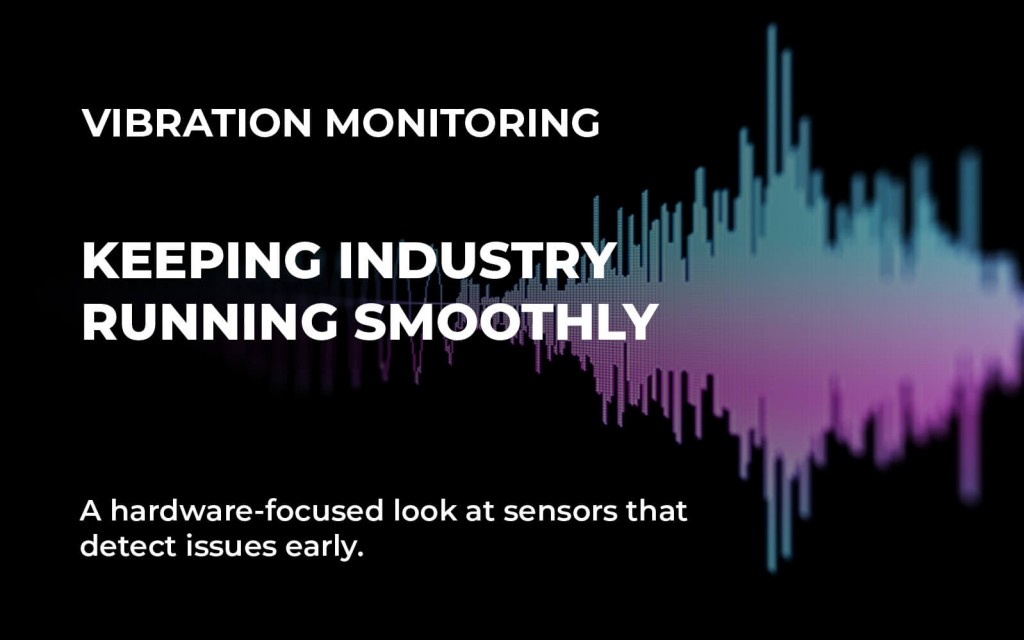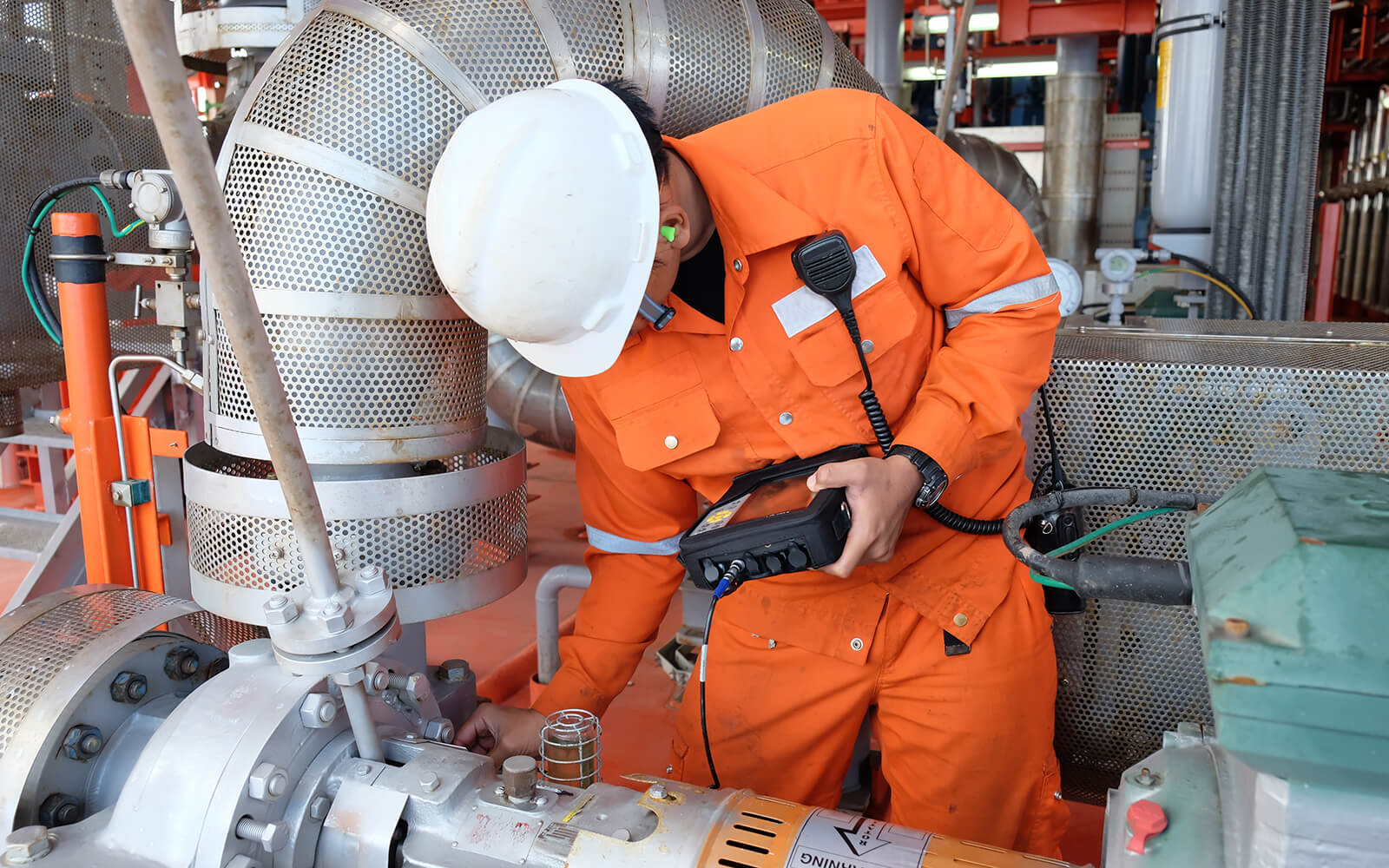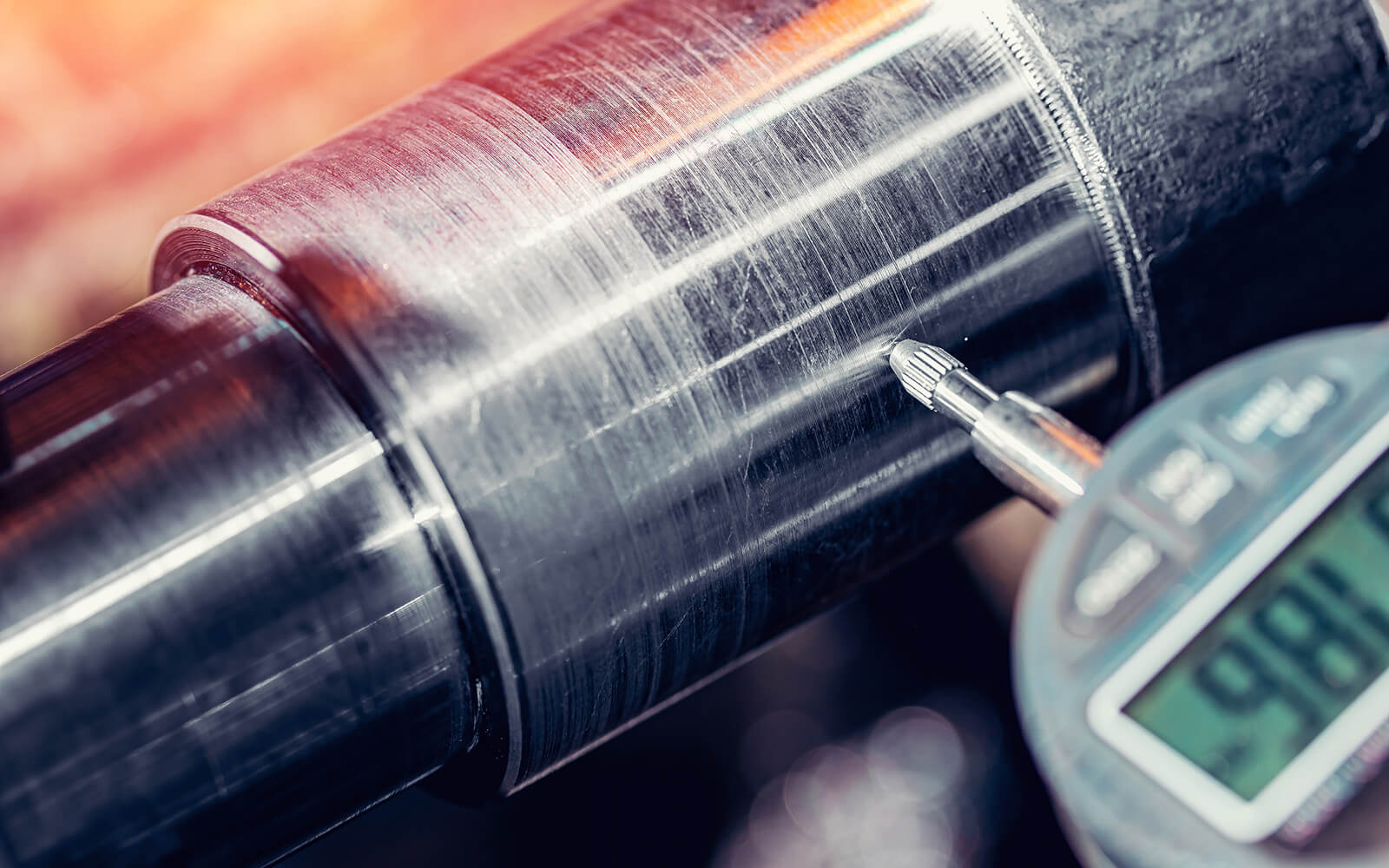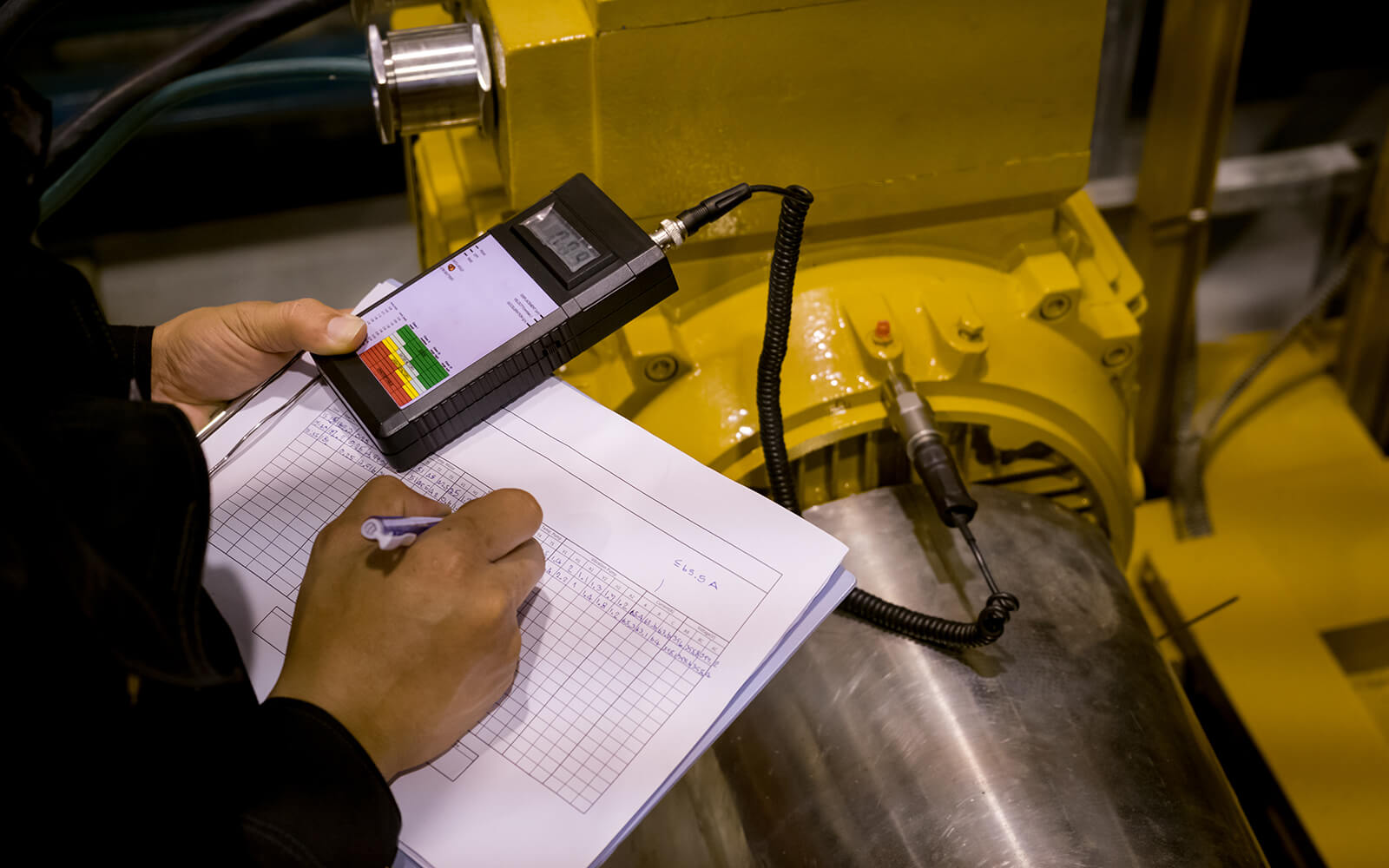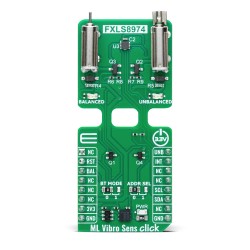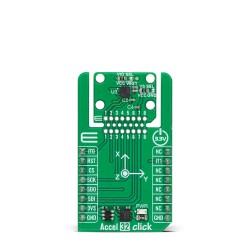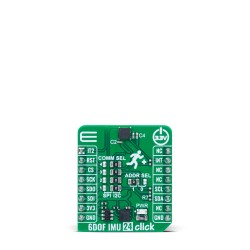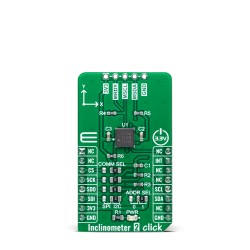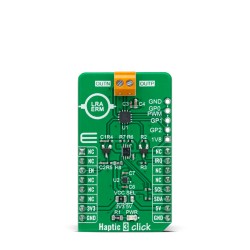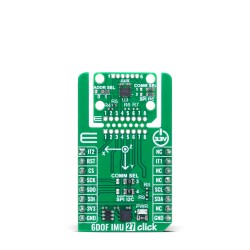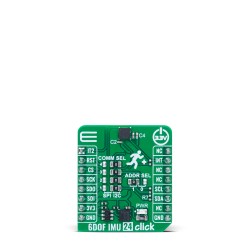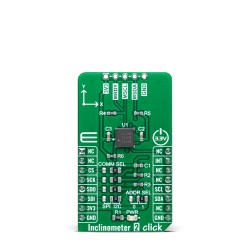Vibration monitoring sensors are vital in industrial settings. They detect early signs of equipment failure, preventing costly downtime.
These sensors play a key role in predictive maintenance. They provide real-time data on machinery health, allowing for timely interventions.
Vibration analysis helps identify mechanical issues like imbalances and misalignments. This ensures equipment runs smoothly and efficiently.
Various types of sensors, including accelerometers and velocity sensors, cater to different needs. Choosing the right sensor is crucial for accurate data collection.
Incorporating IoT with vibration monitoring enhances data analysis. This integration supports better decision-making and operational efficiency.
The Importance of Vibration Monitoring in Industry
Vibration monitoring is critical for maintaining industrial equipment health. It detects minor issues before they escalate into major problems. This proactive approach reduces unexpected equipment failures.
Industrial settings, such as manufacturing and oil and gas, benefit from vibration sensors. These sensors provide essential data to ensure efficient operations and safety compliance. Regular monitoring aligns with industry standards.
The benefits of vibration monitoring include:
- Reducing downtime and maintenance costs.
- Extending machinery lifespan.
- Optimizing overall operational efficiency.
Implementing vibration monitoring empowers industries. It fosters a reliable approach to managing equipment performance. By analyzing vibration data, companies can predict potential failures and intervene efficiently.
How Vibration Monitoring Sensors Work
Vibration monitoring sensors are pivotal in detecting irregularities in machinery. They track vibrations using sensitive components. These readings help in understanding the health of equipment.
These sensors operate by converting mechanical vibrations into electrical signals. The data is analyzed to determine the condition of the machinery. This process is crucial for identifying potential issues like imbalances.
Benefits of using vibration sensors include:
- Real-time data collection.
- Detection of mechanical faults early.
- Continuous monitoring capabilities.
Accurate data from these sensors can reduce costly downtime. By understanding how they function, industries can optimize maintenance strategies.
Types of Vibration Monitoring Sensors
Vibration monitoring sensors come in different types, each suited to specific tasks. Understanding these types is essential for choosing the right sensor.
Different applications require unique sensing solutions. Among the most common are accelerometers, velocity sensors, and displacement sensors. These sensors vary in how they measure vibrations and their applications.
Each type provides distinct data that aids in understanding machinery health. Selecting the right sensor involves considering the operating environment and desired data specificity.
- Accelerometers: Measure changes in speed and direction.
- Velocity Sensors: Measure speed over time.
- Displacement Sensors: Track physical movement over a range.
In industrial settings, choosing the right sensor is vital for accurate monitoring. Using the correct type ensures effective diagnostics and maintenance.
Accelerometers
Accelerometers measure vibration by detecting changes in speed and direction. They offer precise data and are commonly used in various industrial settings. Their sensitivity makes them suitable for detecting even minor anomalies.
Velocity Sensors
Velocity sensors measure the speed of vibration over time. They provide data on dynamic movements within machinery. These sensors are beneficial in applications where speed is a critical parameter.
Displacement Sensors
Displacement sensors track the distance or movement of a component. They are ideal for applications that require measuring physical changes. This sensor type helps detect long-term shifts in equipment positioning.
Key Applications: Predictive Maintenance and Vibration Analysis
Vibration monitoring sensors are integral to modern predictive maintenance strategies. They help detect problems before failures occur. This proactive approach extends machinery life and boosts efficiency.
Vibration analysis involves examining sensor data to spot anomalies. This process identifies issues like imbalances, misalignments, and mechanical wear. By doing so, maintenance can be planned effectively, reducing unexpected downtime.
Key benefits of using vibration sensors include:
- Early detection of potential failures
- Reduced maintenance costs
- Increased operational efficiency
Predictive maintenance, powered by vibration sensors, ensures high equipment availability. This strategy helps facilities maintain optimal operations. Vibration analysis, thus, acts as a safeguard, ensuring machinery health and compliance with industry standards.
Choosing the Right Sensor for Your Application
Selecting the right vibration sensor is crucial for effective monitoring. Consider the specific needs of your application first. The environment and machinery characteristics play vital roles.
Different sensors cater to diverse conditions. Factors like temperature, humidity, and vibration levels affect your choice. It’s essential to match the sensor type with these parameters.
Consider these aspects when choosing a sensor:
- Application environment and conditions
- Type of equipment being monitored
- Sensitivity and frequency range of the sensor
Proper selection ensures accurate data collection. It also enhances the reliability of your maintenance strategy. The right sensor choice leads to successful vibration monitoring and analysis.
Installation and Best Practices for Accurate Data
Proper installation is essential for precise data. Ensure sensors are securely mounted. Unstable placement can result in erroneous readings.
Follow these best practices for optimal results:
- Use appropriate mounting hardware.
- Regularly calibrate and inspect the sensors.
- Avoid interference from external vibrations.
Calibration should be consistent. This maintains sensor accuracy over time. Routine checks help identify issues early.
Training is vital. Personnel should understand sensor functions. Skilled staff can interpret data effectively. This leads to accurate maintenance decisions. Proper training enhances the success of monitoring efforts.
The Role of IoT and Wireless Technology in Vibration Monitoring
The integration of IoT with vibration monitoring is transformative. It enables real-time data collection and analysis. This leads to improved decision-making processes.
Wireless technology simplifies sensor deployment. It eliminates the need for complex wiring. Installation becomes faster and more flexible.
Benefits of using IoT and wireless tech include:
- Easier data access
- Enhanced scalability
- Improved remote monitoring
IoT platforms aggregate data from multiple sensors. This provides a comprehensive view of machinery health. Remote accessibility allows for timely maintenance interventions. Embracing these technologies is key to modern industrial practices.
Future Trends in Vibration Monitoring Sensors
The future of vibration monitoring sensors is bright and evolving. Advancements in sensor accuracy and data processing are on the rise. This promises more precise insights for industrial applications.
Innovations in smart factory technology fuel these trends. Industry 4.0 is pushing the boundaries of what's possible. Expect more integration of AI-driven analysis, making predictive maintenance even more effective.
Maximizing Equipment Health with Vibration Monitoring
Vibration monitoring sensors play a pivotal role in maintaining industrial equipment health. By providing real-time data, they help prevent unexpected failures and extend machinery lifespan.
Implementing these sensors leads to lower maintenance costs and improved operational efficiency. As technology evolves, so does the potential to optimize equipment performance through precise vibration analysis and predictive maintenance strategies.
Modular Click Boards™ Enhancing Industrial Vibration Monitoring
Modern industrial vibration monitoring demands responsive, reliable, and flexible sensor solutions. That's where Click boards™ truly shine. By offering plug-and-play modules tailored for motion sensing, environmental awareness, signal conditioning, and actuation, they empower engineers to assemble effective vibration detection systems without reinventing the wheel. Whether you're tuning in to subtle machinery vibrations or tracking dynamic structural changes, the modular nature of Click boards™ accelerates development and improves adaptability in harsh industrial environments.
EmbeddedWiki: Practical Vibration Monitoring in Action
To bridge the gap between theory and functional systems, EmbeddedWiki offers hands-on project guides that bring industrial vibration monitoring to life. These examples demonstrate how Click boards™ can be combined with development platforms to build fully operational monitoring setups - complete with code, wiring diagrams, and deployment scenarios. Whether you're prototyping for preventive maintenance, structural diagnostics, or performance optimization, EmbeddedWiki gives you the tools to go from concept to working solution - fast and with confidence.
ABOUT MIKROE
MIKROE is committed to changing the embedded electronics industry through the use of time-saving industry-standard hardware and software solutions. With unique concepts like Remote Access, One New Product/Day, Multi-Architectural IDE and most recently, the EmbeddedWiki™ platform with more than million ready-for-use projects, MIKROE combines its dev boards, compilers, smart displays, programmers/debuggers and 1850+ Click peripheral boards to dramatically cut development time. mikroBUS™; mikroSDK™; SiBRAIN™ and DISCON™ are open standards and mikroBUS only has been adopted by over 100 leading microcontroller companies and integrated on their development boards.
Your MIKROE











